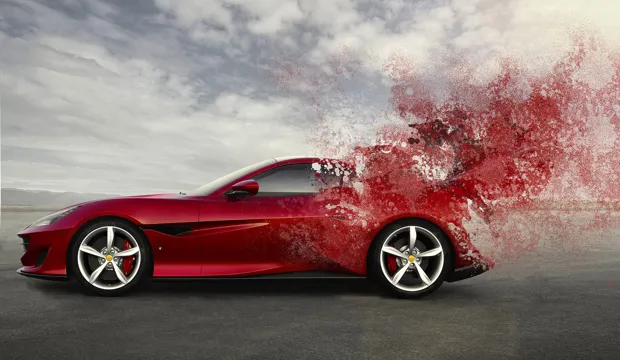
Balloon powered cars
Making a balloon powered car to learn about forces
We see aeroplanes fly, and cars move daily, but how do they move? In this activity, students will learn about a vital force called ‘thrust’.
In this engaging KS2 activity, students will have the opportunity to construct their very own balloon-powered car. Following the construction phase, they will actively assess their car’s performance, discussing the propulsive force responsible for its movement – thrust. Through this hands-on experience, participants will enhance their engineering skills, practical craftsmanship and their understanding of scientific principles.
Activity introduction
This activity is one of a set of resources developed to support teaching the primary national curriculum. They are designed to support the delivery of key topics within maths and science. This resource focuses on making a balloon-powered car to learn about forces.
Download the presentation below for a step-by-step guide on how to make the balloon-powered car. The teacher could demonstrate the making shown in each step, and learners could complete each step after it has been shown. Alternatively, if learners are able, the teacher could show all steps first and then learners could make their car.
This activity could be used as a main lesson activity to teach learners about thrust or as one of several activities within a wider scheme of learning, focussing on forces. It could also be used as a D&T or Engineering activity to develop practical making skills.
How long will this activity take?
This activity takes between 60-90 minutes
What you will need
- Pieces of thick card
- Straws
- Thin dowel or skewers (pre-cut to 100 mm lengths)
- Plastic bottle tops (or card wheels)
- Balloons
- Scissors
- Masking tape
- Double sided sticky tape
- Hot glue gun
What is thrust?
Thrust is the force a propulsion system produces that propels an object forward. In the context of a balloon-powered car, thrust is the energy released from the escaping air in the balloon. As the air rushes out, it generates an opposite and equal force that pushes the car forward. Understanding the force of thrust is crucial for comprehending how vehicles move and designing efficient propulsion systems in various fields, from aviation to space exploration.
The engineering context
Comprehending thrust and its associated forces is important for automotive, aerospace, and space technology engineers. A prime illustration lies in designing high-speed racing cars, where the aim is to propel the vehicle forward with utmost velocity.
Suggested learning outcomes
By the end of this activity, students will be able to make and test a balloon-powered car, and they will be able to understand what is meant by thrust.
Download for free below!
All activity sheets and supporting resources are free to download, and all the documents are fully editable so that you can tailor them to your students and your schools’ needs.
The activity sheet includes teacher notes, guidance, helpful web links, and links (where appropriate) to the national curriculum in the four devolved UK nations; England, Northern Ireland, Scotland and Wales.
Please share your classroom learning highlights with us @IETeducation




